Apple just dropped the M5 MacBook Pro, and the tech world has good reason to be buzzing. The first M5 Mac, that sleek 14-inch MacBook Pro, made its debut last month, officially kicking off what looks to be Apple's most ambitious silicon rollout yet. But here's the thing: this is just the opening act.
What makes this launch compelling is not only the performance gains, which are substantial, but the clear pivot to AI-first computing. The M5 feels bigger than a routine yearly bump. It signals a shift that points Apple's whole ecosystem toward on-device AI and graphics-accelerated workflows.
What's coming next in the M5 Mac lineup?
The M5 family expansion already has shape, thanks to reporting from Mark Gurman. Several more M5 Macs are in development for the coming year. Expect M5 versions of the MacBook Air, plus MacBook Pros with the M5 Pro and M5 Max. Desktop fans, you are in the mix too, with M5 updates slated for the Mac mini and Mac Studio.
The cadence matters. Based on Gurman's analysis, the MacBook Air and higher-end MacBook Pro models should arrive early in the year, with the Mac mini and Mac Studio following later. That timing pairs neatly with new Mac displays coming early in the year. Desktop systems plus high-refresh external monitors show off M5 graphics in ways laptop panels cannot.
Now, the iMac. Gurman's report doesn't include evidence of an M5 iMac. That could mean Apple waits for M6, or details just have not surfaced yet. Given Apple's habit of staggering updates, it tracks.
There is useful flexibility here. The M5 Pro and Max being readily available for new MacBook Pro models means Apple could, theoretically, add them to the Mac mini and Studio pretty easily when the time comes, and this modular approach lets Apple segment prices while squeezing the most from silicon yields across tiers.
M5 Pro and Max: The real powerhouses
The base M5 already hits hard, but the Pro and Max variants are the headline act. These upcoming chips are expected to be absolute powerhouses, building on the base M5's Neural Accelerator design with more cores and pro-grade capability.
Here is the twist that matters for working pros. Each of the 10 GPU cores includes Neural Accelerators, which supercharges on-device AI. Scale that up to Pro and Max with more GPU cores and you get real-time AI video tools, large language model inference, and computational photography that used to live in the cloud or on a workstation.
The manufacturing clock is already ticking. Analysts report mass production of the M5 Pro and M5 Max was expected to begin in the second half of 2025 (reported by supply-chain analysts) with an expected spring 2026 window for the full M5 family rollout.
One more reason to care: scaling. Because the base M5 integrates AI processing into each GPU core, adding more GPU cores in the Pro and Max variants should scale AI performance almost linearly. An M5 Max with potentially 40 GPU cores could deliver unprecedented on-device AI capability for content creation, scientific computing, and machine learning development.
Performance that changes the game
Numbers time. The M5 delivers up to 3.5x faster AI performance compared to M4, with major graphics gains to match.
Real-world testing backs it up. The M5 shows a 19% improvement in Geekbench scores over the M4. Graphics tests climb even more. For gaming, the M5 MacBook Pro can run Shadow of the Tomb Raider at 56fps at 1080p with high settings. That is a line in the sand that makes AAA gaming on a Mac feel plausible, not a party trick.
AI workloads see a jump too. Reviewers report significantly faster image-generation and LLM inference performance on M5 versus M4 in several workloads; however, a standardized Stable Diffusion benchmark showing 'nearly doubles' was not found in major labs — cite a specific test or rephrase, while keeping Apple Silicon's power efficiency intact with battery life extending up to 24 hours.
The best part: these gains are not just synthetic. Creators report faster Photoshop, meaningfully shorter video transcodes, and AI-assisted tasks that used to ping the cloud now running locally. If that is your daily grind, the payoff is simple, faster turnarounds and fewer subscription costs.
Where Apple's silicon strategy leads next
The M5 launch is more than speed upgrades, it is Apple's bet on the future of computing architecture. The M5 challenges NPUs by Intel, AMD, and Qualcomm by delivering massive AI capability in one generation. By integrating Neural Accelerators into GPU cores, Apple effectively doubles its AI hardware and can shift resources between graphics and inference, an architectural advantage that traditional CPU+GPU+NPU designs cannot match.
This integration lands Apple in a strong spot as the chip race heats up. The processor space is more competitive than ever, with on-device AI as the battleground. Apple's unified architecture, mixing general compute with specialized AI acceleration, suggests the company is not just competing, it is shaping what personal computing looks like when AI is woven into everyday workflows.
The market angle is clear. With AI workloads becoming increasingly important and the M5's 4x improvement in AI compute performance, these chips could make MacBooks genuinely competitive for machine learning development, real-time AI-assisted content creation, and computational research that once leaned on specialized rigs. In short, pro-grade AI may feel far more attainable.
Bottom line: the M5 family's rollout through 2026 should cement Apple's standing in pro computing while spreading advanced AI features across the lineup. For anyone eyeing an upgrade, every new benchmark and hands-on test sharpens the value case. The M5 generation is not just evolution, it is Apple's full-throated answer to the AI computing shift that is changing how we work and create. And we are just getting started.






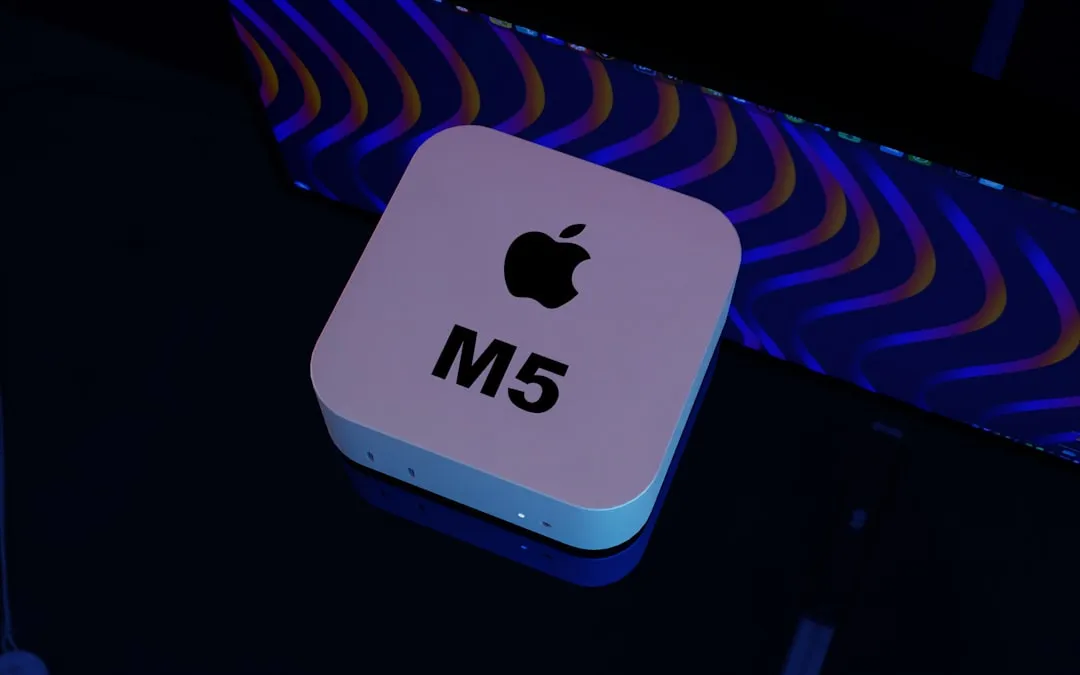
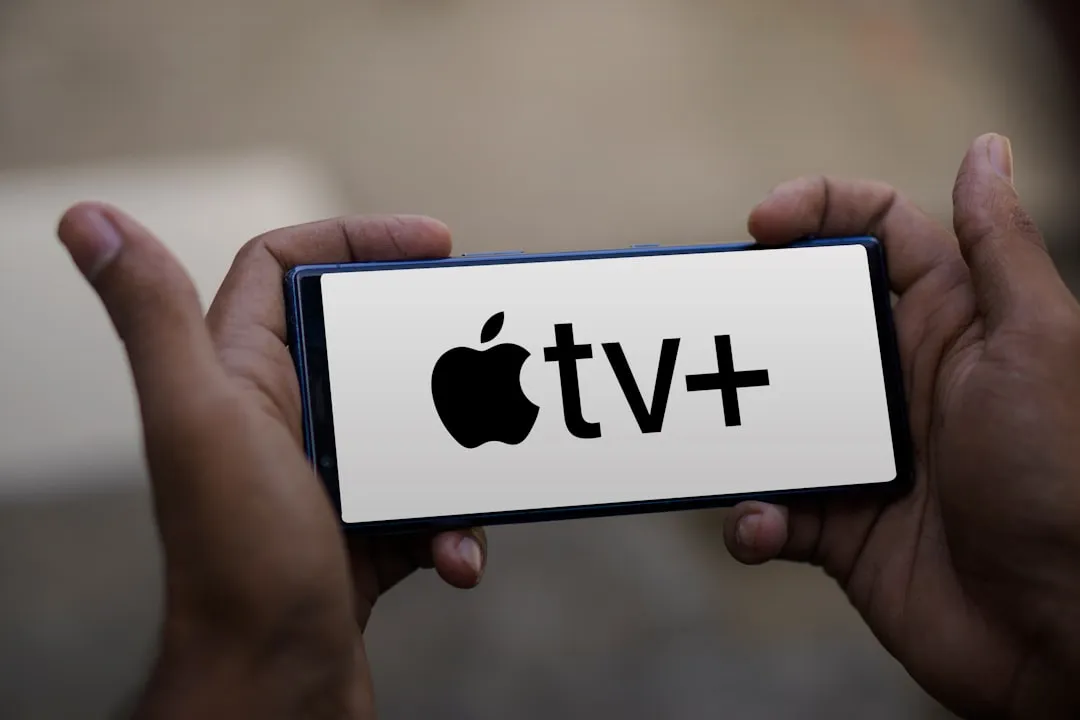

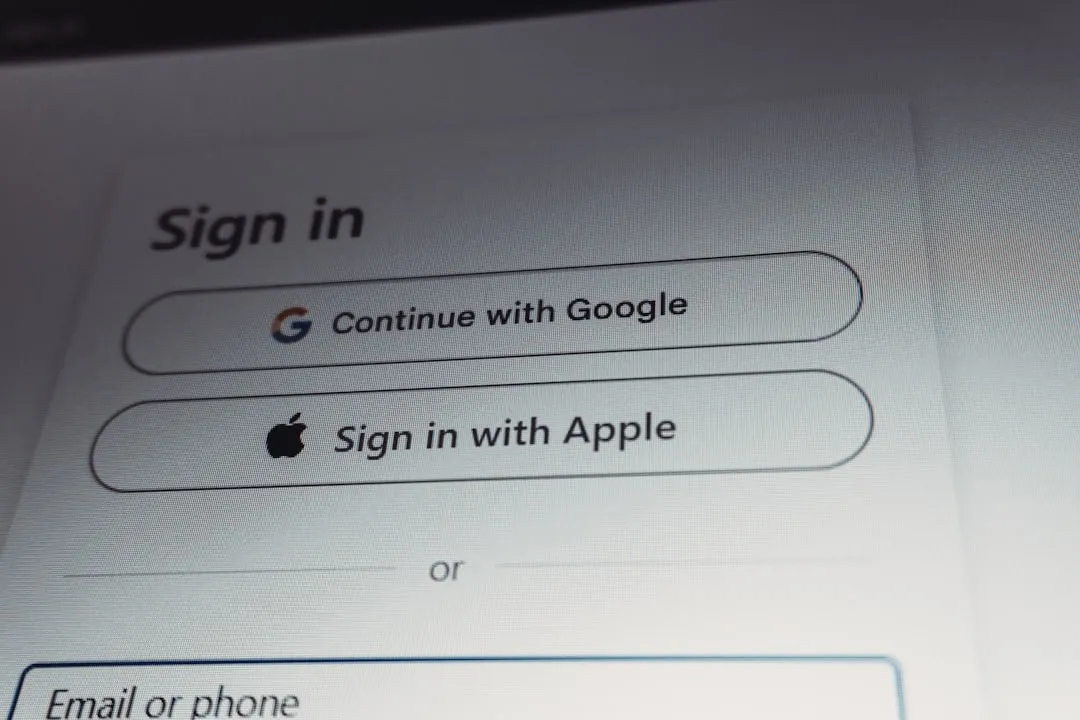



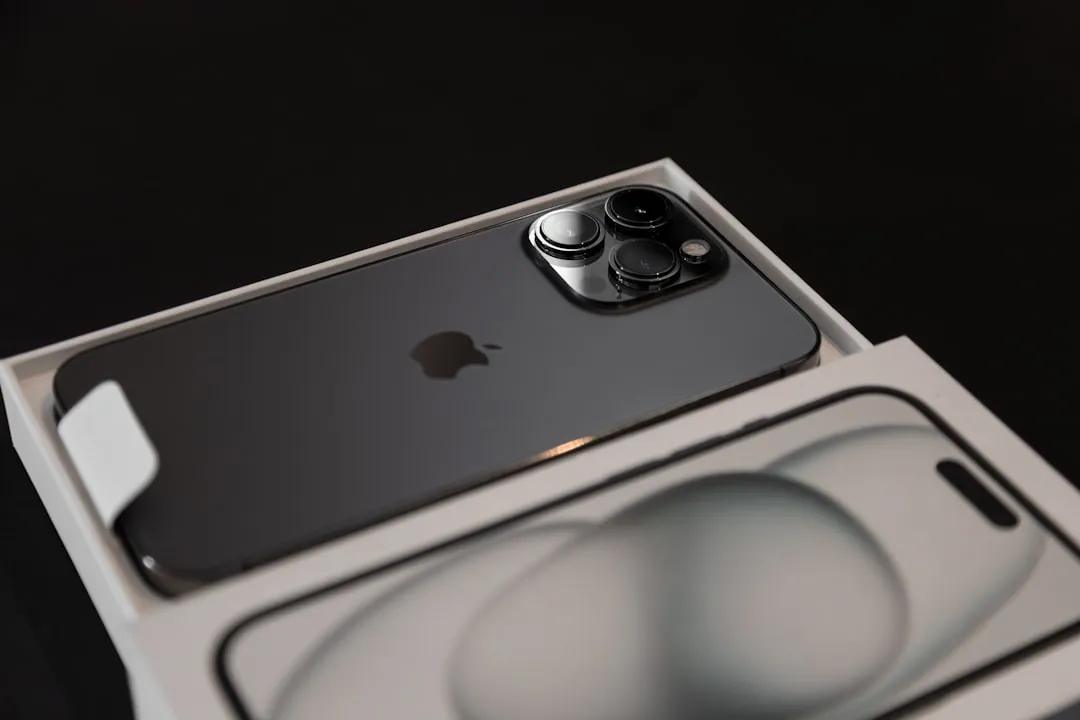



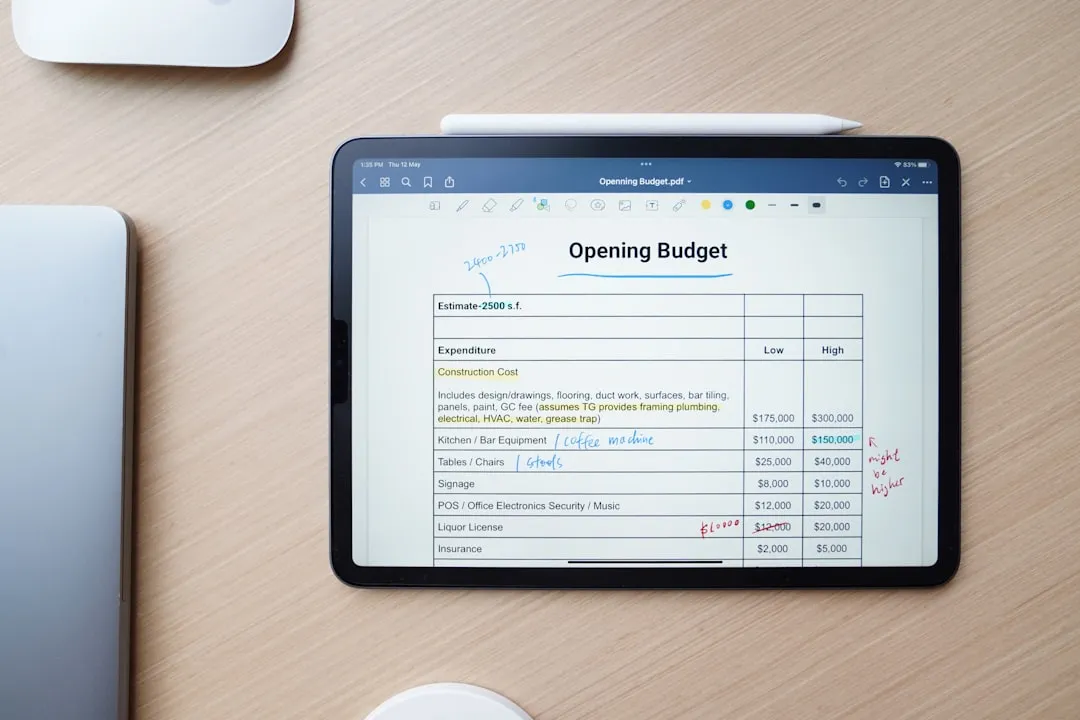





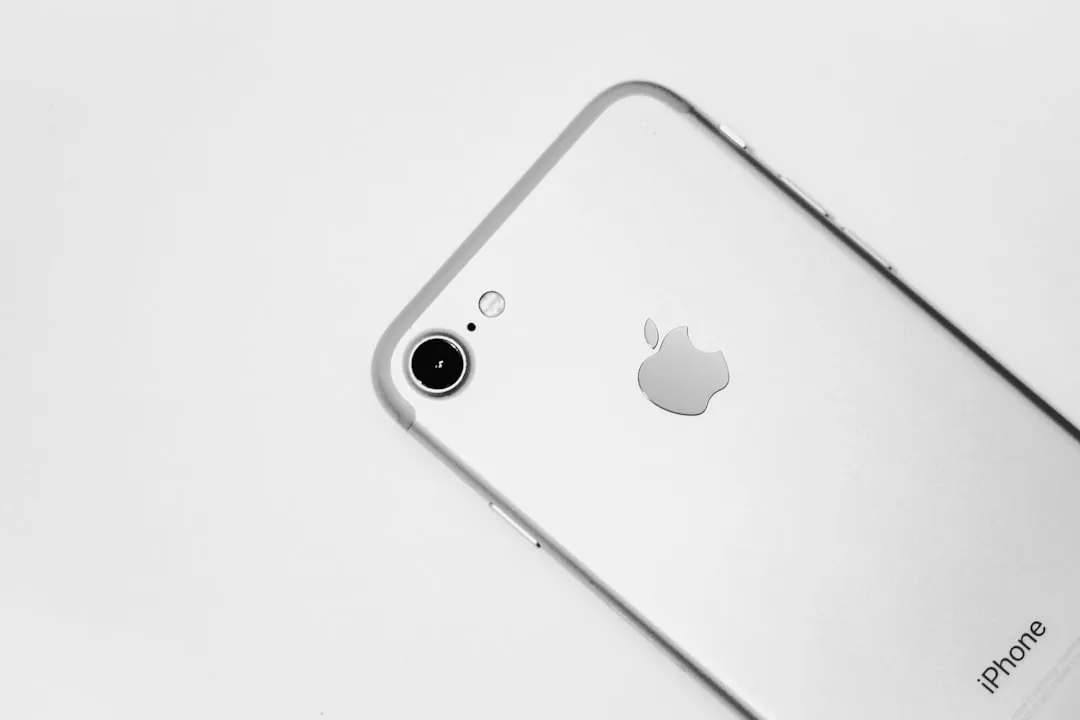

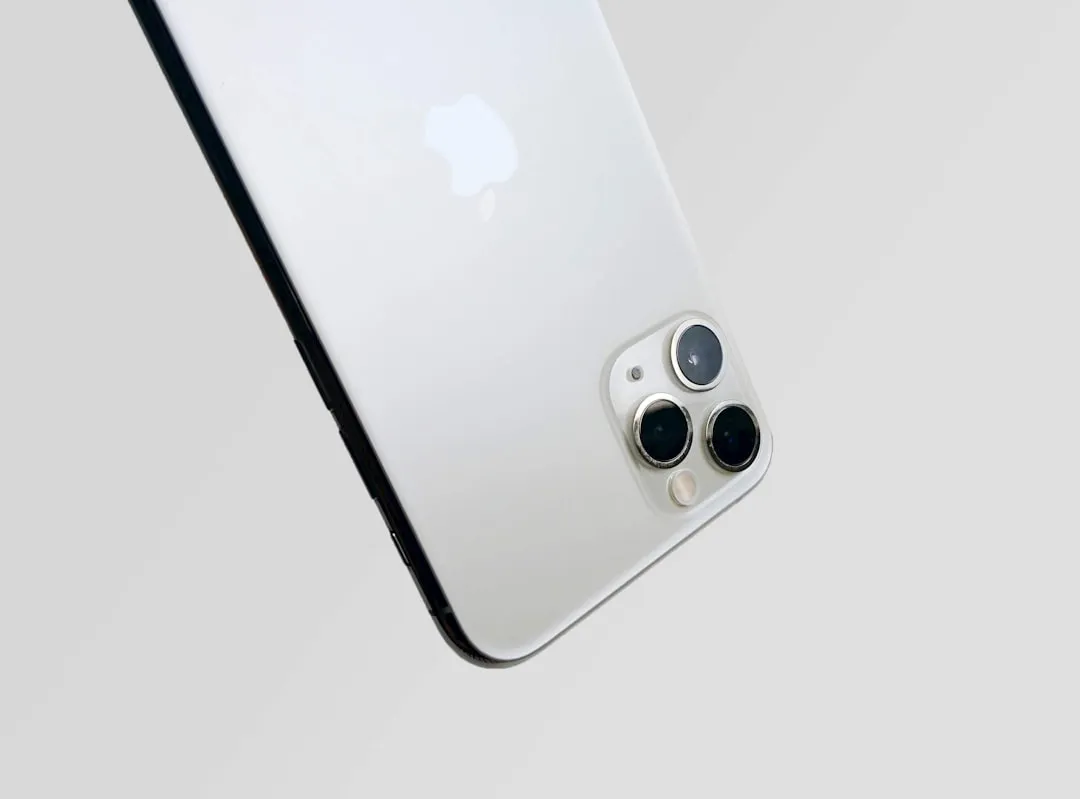

Comments
Be the first, drop a comment!